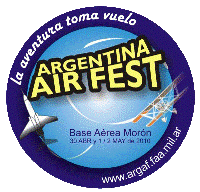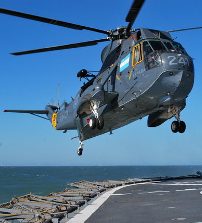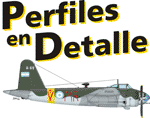|
FAdeA gets "on line"
with customers, partners
|
Photo Carlos Ay
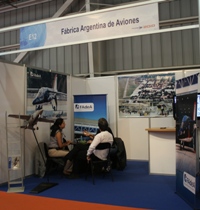 |
Shortly after its international
debut in Chile, the re-nationalized Córdoba aircraft factory has seemingly started making inroads into the market. On 19 April, company
spokeman Horacio G. Viqueira released a press comuniqué revealing that three
Ministry of Defense contracts had just been issued to the company. Assuring it a stable workload
for years 2010-2011, the contracts are valued at Argentine Pesos 679 million (US
$ 175 million) and are expected to result in continued Air Force aircraft and
engine maintenance services (Contract #08); manufacture of 8 IA-63 Pampa Serie
II airframes, re-engining of a further 8 aircraft and development of an upgraded
version prototype (Contract #09) plus avionics upgrades por existing
IA-58 Pucará airframes and development of a re-engined version prototype (Contract
#10). Further into the future, negotiations with the Ministry of Defense are
expected to extend production and services until at least 2014 and comprise a
number of prospects presently under evaluation. First among them is producing
unspecified aircraft components for Embraer as well as entering a joint-venture
with the Brazilian manufacturer to produce their C-390 military cargo aircraft (see
December 2009 news briefs & images).
Next is a renewed attempt to place Pampa attack trainers in the export market,
with talks purportedly under way with Uruguay and Chile. Lastly, FAdeA was
appointed as counterpart to Chile's Enaer in a government-to-government
agreement which will "stimulate the possibility to develop a basic training
aircraft... which will replace Argentine Mentors and Chilean Pillanes".
|
Valkirya gets exercise season
in motion
|
Photo Martín "Kupat" Kubo
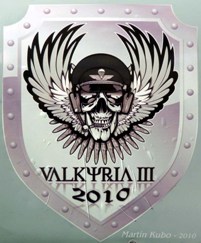 |
Mid-April (13 through 21) saw Air
Force carrying out the first large-scale exercise of the year. Close to 250
service men and women, including a small Army delegation, gathered in El
Plumerillo (Mza.) for a combat search and rescue exercise, the third in the
Valkyria series initiated two years ago. After the deployment and preparation
phase, where procedures were agreed-to and practice flights were performed,
actual operations started on Monday 19. Combat pilot rescue sorties were
practiced both inside IV Air Brigade facilities and in undefined mountain
sectors near Mendoza City. In addition to CSAR helicopters and air cover
aircraft, Air Force special operations, combat intelligence and electronic
surveillance were involved in the simulations. Participating aircraft
included I Air Brigade C-130 Hercules (TC-56) and F.28 Fellowship (TC-55), II
Air Brigade F.27 Friendship (TC-75), III Air Brigade IA-58 Pucará (A-575,
A-577, A-582, A-585), IV Air Brigade IA-63 Pampa (E-817, E-819, E-821) and SA-315 Lama (H-63), VII Air Brigade Bell 212 (H-81 + 1) and Hughes 369 (PGH-03, H-40 + 1), IX Air
Brigade DHC-6 Twin Otter (T-81, T-86) and Saab 340 (T-33) and Morón Air Base PA-34 Seneca (PG-322?). Army aviation contributed with UH-1H Huey (AE-4x8 + 1)
and SA-315 Lama (AE-38x). The most innovative participant, though, was an
Electronic Warfare Group Cessna 206 (VR-23) whose existence was publicly
revealed for the first time in the exercise. Colonel (VGM) Gerardo Isaac was
exercise director.
|





